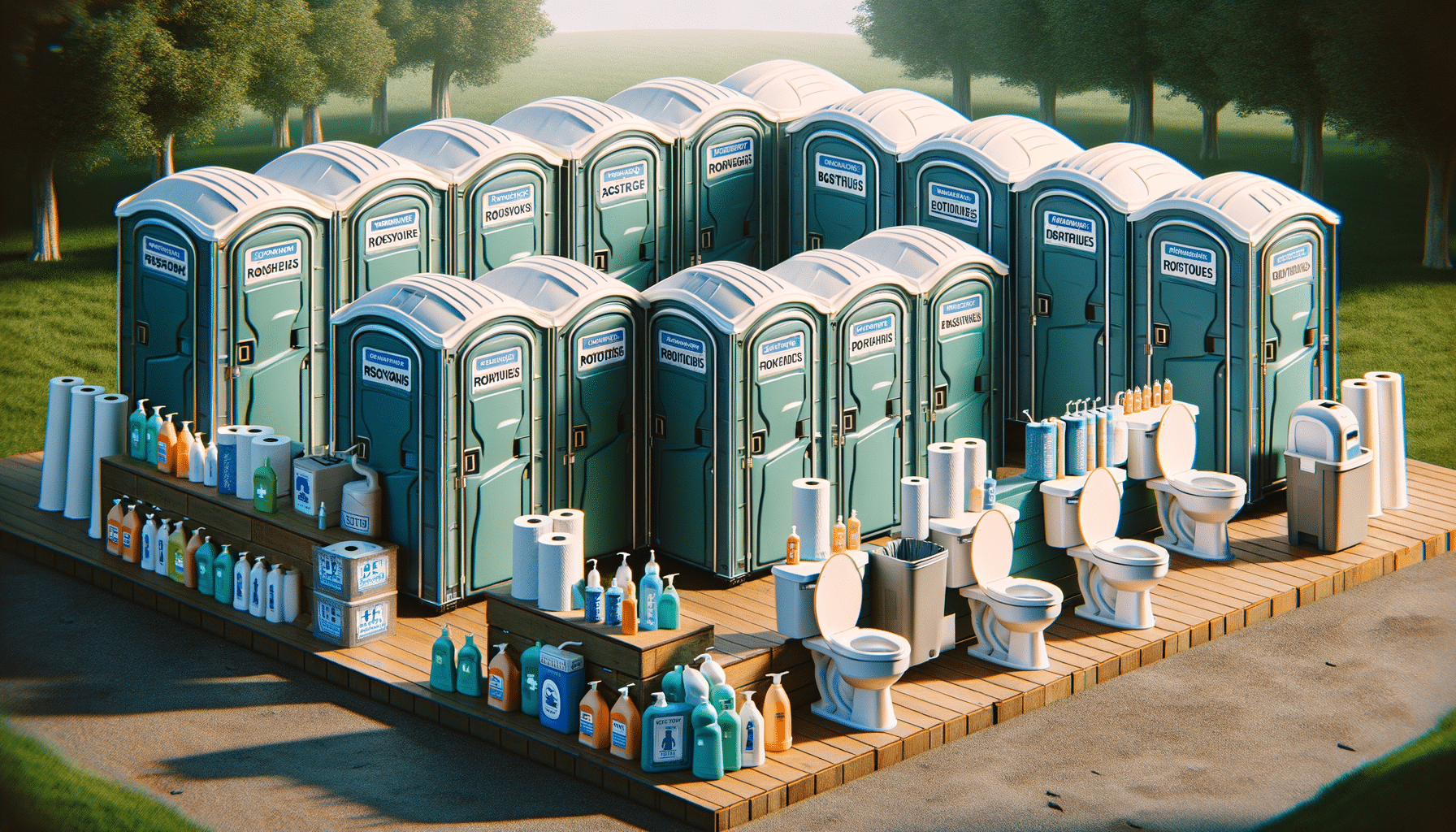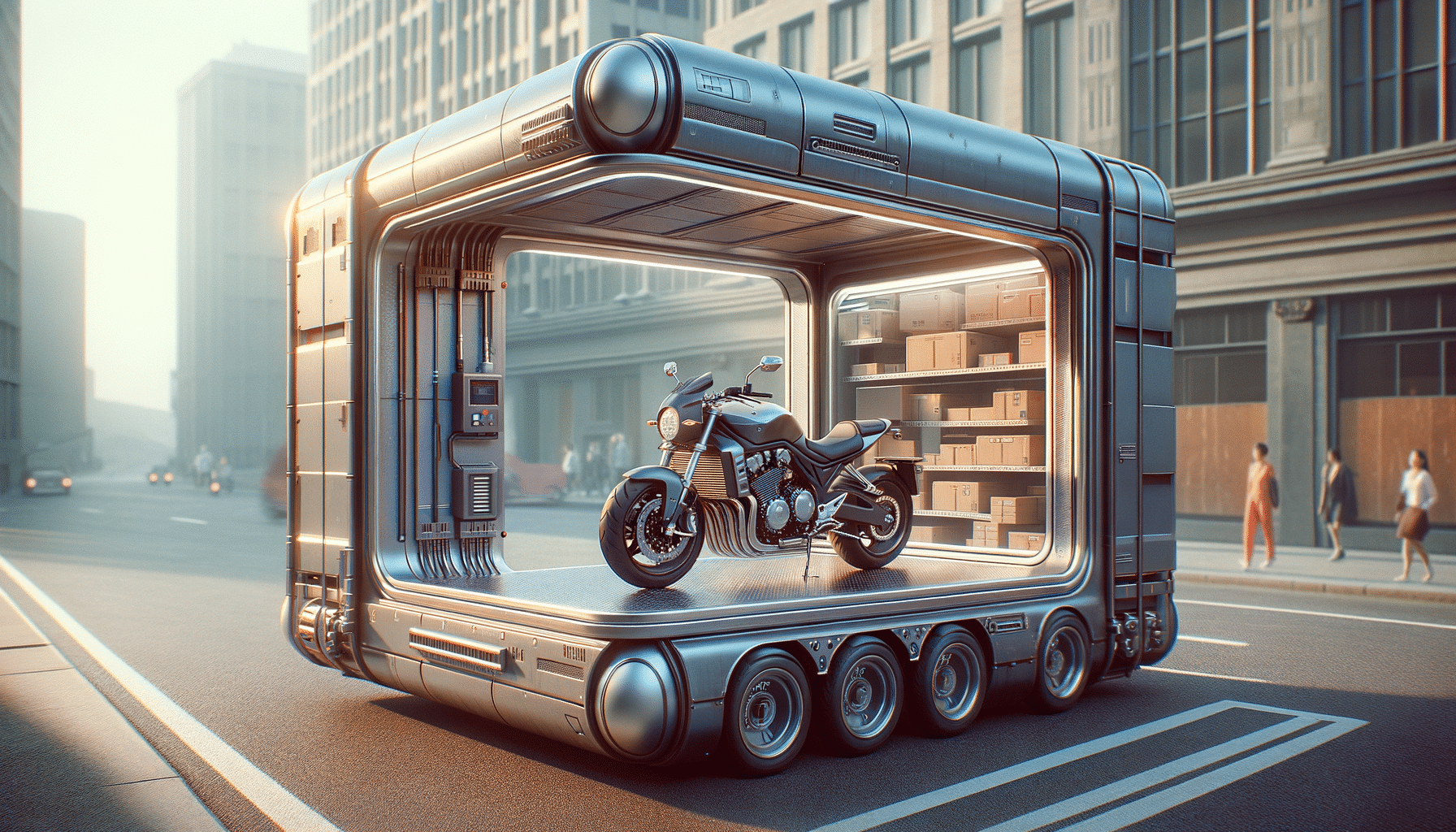
Portable Restrooms: A Comprehensive Guide to Convenience and Hygiene
Introduction to Portable Restrooms
Portable restrooms, often referred to as porta-potties, are essential facilities that offer sanitation solutions in locations where permanent restrooms are not feasible. Their importance cannot be overstated, especially in environments like construction sites, outdoor events, and disaster relief areas. These mobile facilities ensure that hygiene standards are maintained, providing a safe and clean environment for users.
The evolution of portable restrooms has seen significant improvements in design and functionality. Modern units are equipped with features that enhance user comfort and sanitation, such as ventilation systems, hand sanitizers, and even flushing mechanisms in advanced models. This progression reflects a growing awareness of the need for clean and accessible sanitation facilities, regardless of location.
Portable restrooms are not only about convenience; they play a critical role in public health. By providing a dedicated space for waste disposal, they help prevent the spread of diseases that can arise from unsanitary conditions. This is particularly crucial in crowded events or remote areas where traditional restroom facilities are unavailable.
Types of Portable Restrooms
Portable restrooms come in various types, each designed to cater to specific needs and environments. The most common type is the standard portable toilet, which is a familiar sight at outdoor events and construction sites. These units are basic yet functional, providing a simple solution for temporary sanitation needs.
For more upscale events, luxury portable restrooms are available. These units offer enhanced features such as flushing toilets, running water, and even air conditioning. They are ideal for weddings, corporate events, and other occasions where guests expect a higher level of comfort.
Specialized portable restrooms are also available for individuals with disabilities. These units are designed to be wheelchair accessible, with features such as handrails and spacious interiors to accommodate users with mobility challenges. This inclusivity ensures that everyone has access to sanitation facilities, regardless of their physical abilities.
Key types of portable restrooms:
- Standard Units: Basic facilities for general use.
- Luxury Units: Enhanced features for upscale events.
- ADA-Compliant Units: Accessible facilities for individuals with disabilities.
Benefits of Using Portable Restrooms
The use of portable restrooms offers numerous benefits, making them an indispensable part of many events and work sites. One of the primary advantages is their mobility. These units can be easily transported and set up in various locations, providing flexibility and convenience for organizers and site managers.
Portable restrooms also contribute to environmental sustainability. Modern units are designed to use minimal water, with some models incorporating advanced waste treatment technologies to reduce environmental impact. This eco-friendly approach aligns with the growing demand for sustainable practices in all aspects of life.
Moreover, portable restrooms are cost-effective. They eliminate the need for constructing permanent facilities, which can be expensive and time-consuming. This cost efficiency is particularly beneficial for temporary projects or events where long-term infrastructure is unnecessary.
Benefits at a glance:
- Mobility: Easy to transport and set up.
- Environmental Sustainability: Designed for minimal water use and reduced environmental impact.
- Cost-Effectiveness: Eliminates the need for permanent construction.
Challenges and Considerations
While portable restrooms offer many benefits, there are also challenges and considerations to keep in mind. One of the main challenges is maintenance. Regular cleaning and servicing are required to ensure that the units remain hygienic and functional. This can be a logistical challenge, especially in remote or high-traffic areas.
Another consideration is the placement of portable restrooms. It is essential to position them in accessible and convenient locations while ensuring that they do not obstruct pedestrian traffic or violate any local regulations. Proper planning is crucial to maximize their effectiveness and minimize any potential disruptions.
Additionally, the perception of portable restrooms can be a challenge. Despite improvements in design and functionality, some people may still associate them with unpleasant experiences. Educating users about the advancements in portable restroom technology can help change these perceptions and encourage wider acceptance.
Key challenges include:
- Maintenance: Requires regular cleaning and servicing.
- Placement: Must be strategically located for accessibility and compliance.
- Perception: Overcoming negative stereotypes about portable restrooms.
Future of Portable Restrooms
The future of portable restrooms looks promising, with ongoing innovations aimed at improving user experience and environmental sustainability. One of the key trends is the integration of smart technology. Future units may feature sensors that monitor usage and maintenance needs, allowing for more efficient servicing and management.
There is also a growing emphasis on sustainability. Manufacturers are exploring new materials and waste treatment methods to reduce the environmental impact of portable restrooms. This includes the use of biodegradable materials and advanced filtration systems that treat waste on-site, minimizing the need for transportation and disposal.
Moreover, the design of portable restrooms is evolving to meet the diverse needs of users. Customizable options are becoming more prevalent, allowing event organizers and site managers to tailor the facilities to specific requirements. This flexibility ensures that portable restrooms remain a relevant and valuable solution in various contexts.
Future trends:
- Smart Technology: Integration of sensors for efficient management.
- Sustainability: Use of biodegradable materials and advanced waste treatment.
- Customization: Tailored designs for specific needs.

